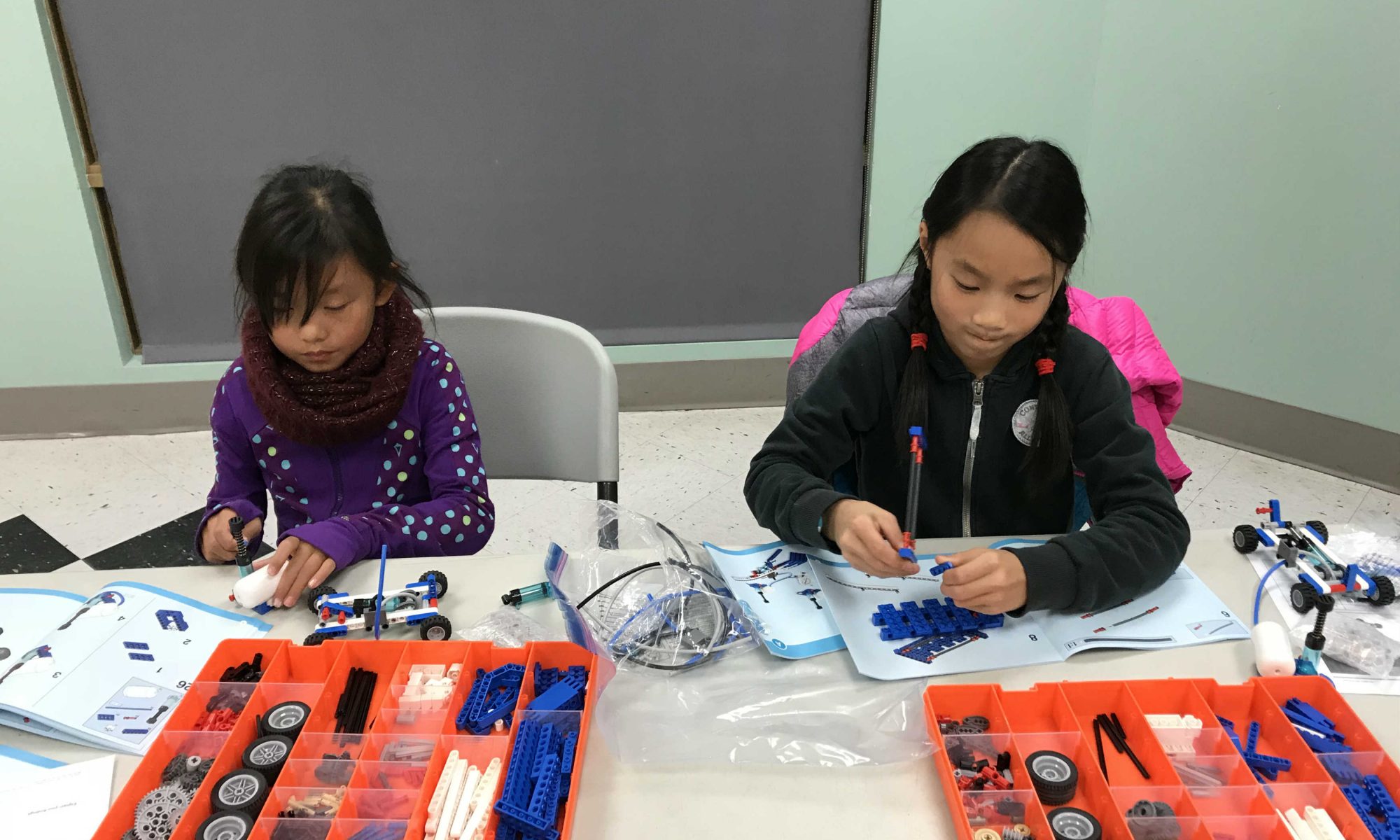The theme of today is scissor lift, which is the first application of the pneumatic system. The scissor model composes pneumatic components including cylinders, pumps, air valves, air tanks, and manometers. In the process of building models, the students got a deeper understanding of the design philosophy and working principles of the pneumatic system, which built a solid ground for the next following more advanced pneumatic application models. This section is a good illustration of the air storage system in the pneumatic system.
The STEM information behind this section is the application of pneumatic systems. The cylinder piston rod output forces can be calculated by multiplying the air pressure to the piston area. All the students finished the model and the experiments. They are ready for the next more advanced pneumatic systems.







